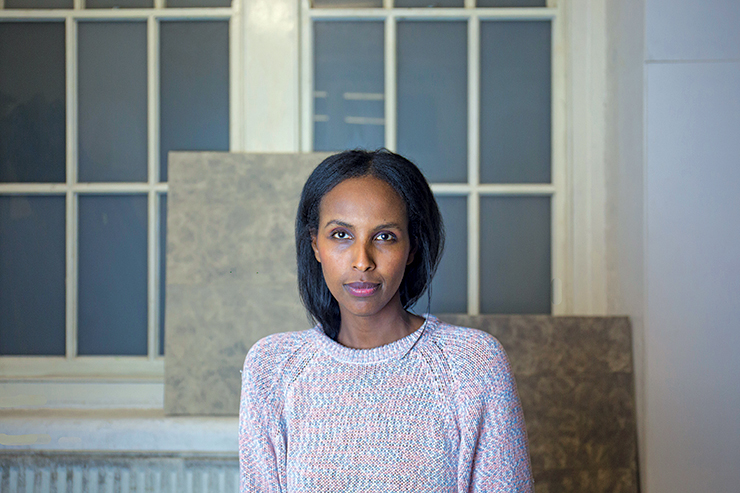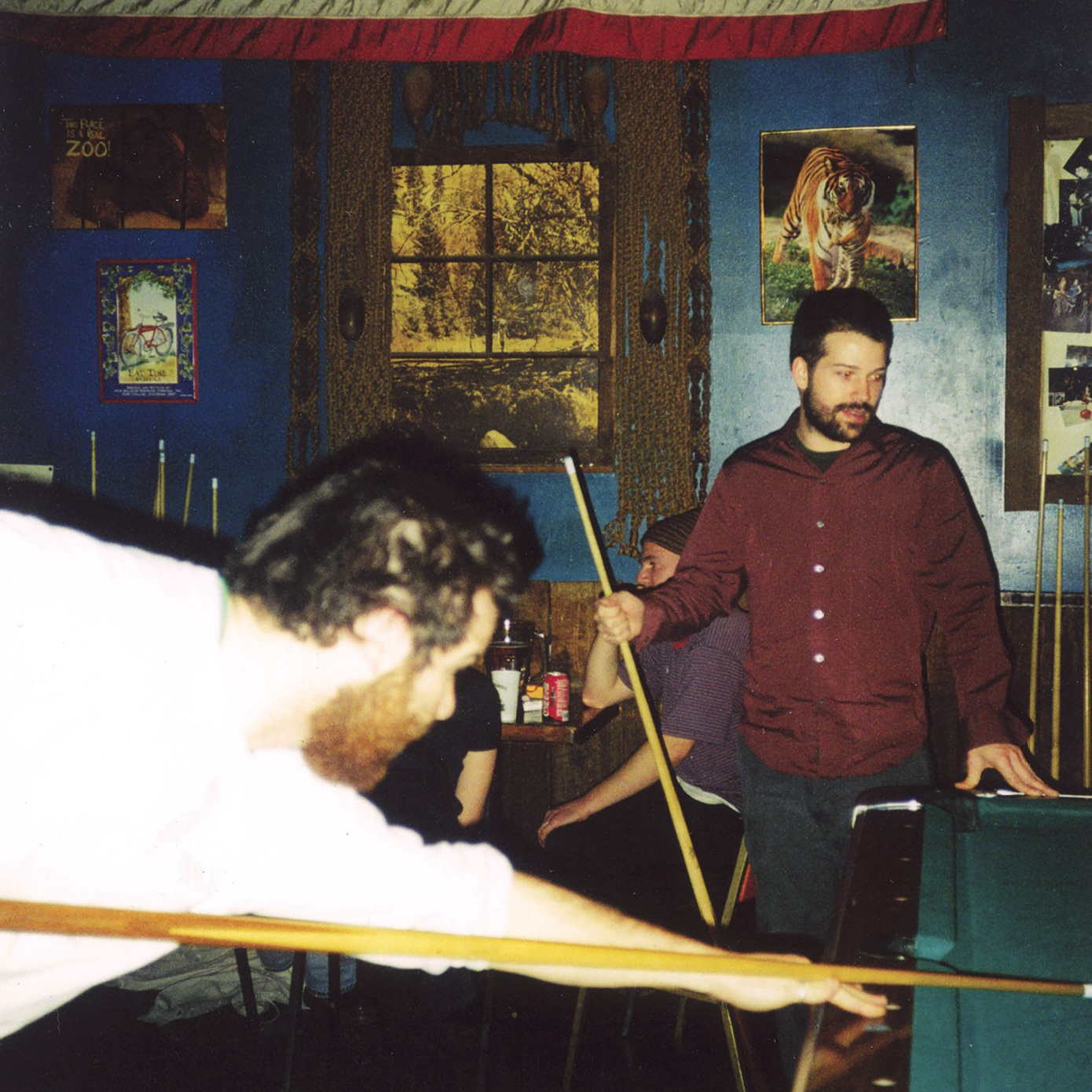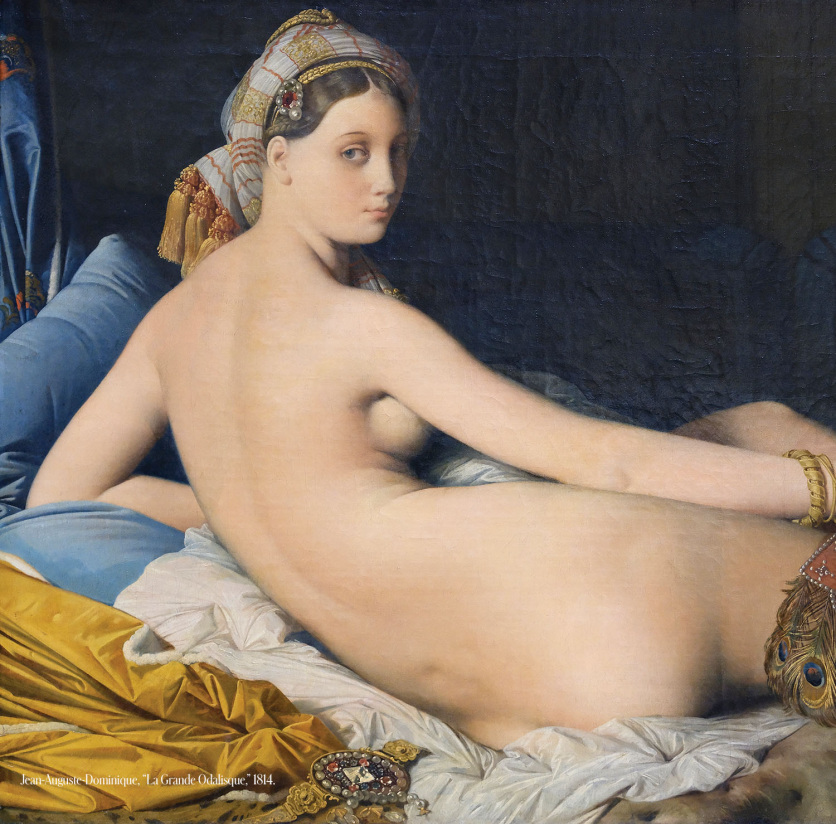
We are all the sum of our parts, and artist Ayan Farah’s training as both a fashion designer and painter is as fundamental to her work as the fact that she is a Somali born in the hot climes of the United Arab Emirates and raised in Lapland, Finland, and Stockholm. These multi-layered influences of geography and craft inextricably play out in her soft, abstract canvas pieces—part textile art, part earth work, part sculpture.
It’s little wonder that her fourth solo show, an exhibition hosted at Pippy Houldsworth Gallery in London this summer, is entitled “Maps.” “They tell the story of a place, but they have so many different locations built into the work,” she says. “They also are maps of time and history.”

London-based Farah collects minerals on global adventures: mud from the Dead Sea in Israel, terracotta from Mexico, copper from Somalia, clay from Iceland. Like an alchemist, she then uses these properties on different fabrics—silk, wool, canvas or, in the case of these new works, 19th- and 20th-century French and Belgian domestic linens and jutes—and then hand-sews swatches of them to create patchworks. “Land is a medium to me and also the subject,” she says. “One patchwork holds a lot of information.”
Her pieces have a deep interest in the environment and nature and the co-dependent relationship between them and fabric. In 2011 she created a work made out of a sleeping bag lining that had been buried at the foot of a volcano in Iceland. She also creates works by sun-bleaching patches of fabric that have been placed in windows, the result of which is altogether Rothko. Long before training in painting (she graduated from the Royal College of Art in 2012), she studied fashion, and both practices play out in her work today.

Farah’s interest in geography and the environment does not just stem from her international background. “I also have an interest in sustainable practice,” she points out. “I got disheartened by using commercial paints. I’d travel a lot and when I arrived somewhere I realized there is so much in the earth that is a much better source than what you find in a tube.”
Sustainability will become even more intrinsic to her practice in these new works this summer. Various off-cuts of fabric used in older canvases and stored in the studio have been sewn together in new patchwork formations. They neatly tell the story of her own creative history. “My studio recycles itself,” she jokes. Each patchwork is a sort of “greatest hits” done poetically at the beginning of an exciting career.





